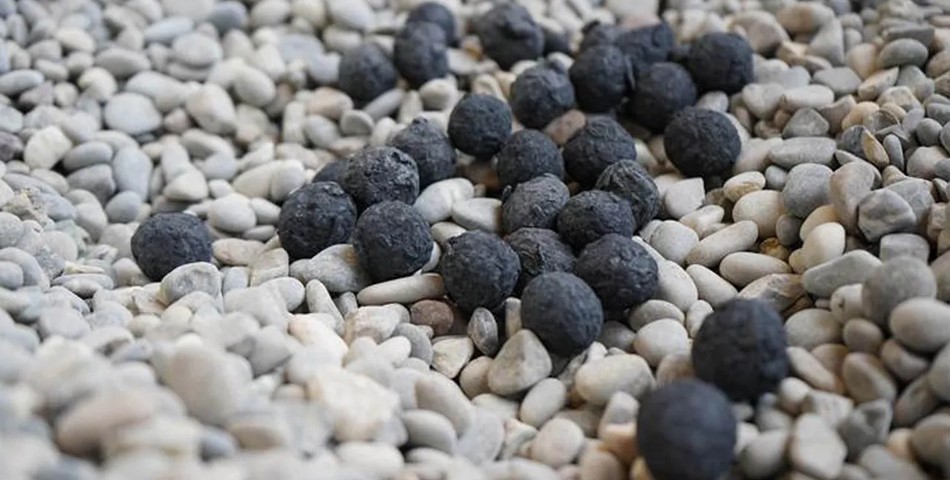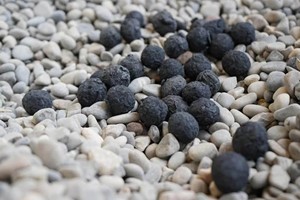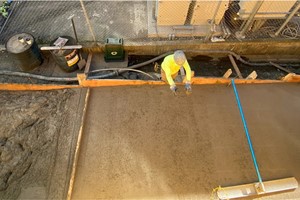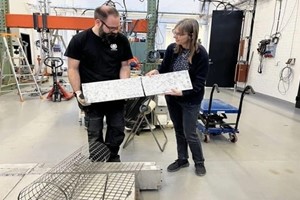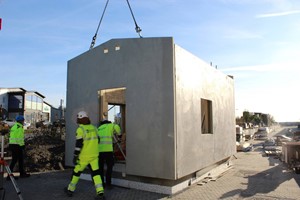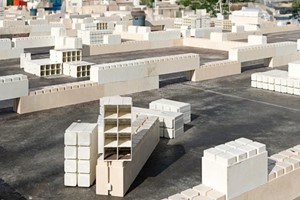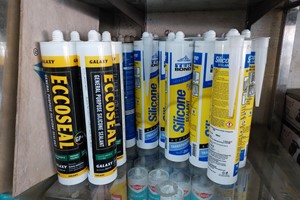In pursuit of Switzerland's goal to achieve climate neutrality by 2050, researchers at Empa's Concrete & Asphalt lab are exploring innovative strategies within the construction industry to create concrete with a negative CO2 balance.
By incorporating biochar into concrete and processing it into pellets, the team aims to develop CO2-neutral or even CO2-negative concrete. This approach involves replacing traditional aggregates with biochar pellets, derived from a pyrolytic carbonization process of biomass. Biochar, high in pure carbon, captures and retains carbon extracted from the atmosphere during plant growth.
Recognizing the construction sector's significant role in global greenhouse gas emissions, particularly from cement production, efforts are underway to leverage the industry as a potential carbon sink.
The concept involves "building with CO2," utilizing carbon to produce building materials and thereby sequestering it from the atmosphere over the long term. Empa's Concrete & Asphalt lab, under the leadership of Pietro Lura, is at the forefront of this research.
To address challenges associated with the porosity of biochar, such as water absorption and interference with concrete admixtures, the researchers propose pelletizing the biochar. This not only facilitates handling but also draws on existing industry expertise in working with lightweight aggregates from materials like expanded clay or fly ash.
The team utilized a concrete mixer with a rotating pan to create biochar pellets by mixing biochar with water and cement. These pellets, with diameters ranging from 4 to 32 millimeters, were then incorporated into standard concrete of various strength classes commonly used in civil engineering.
Remarkably, with a 20 percent volume proportion of carbon pellets in the concrete, the researchers achieved net-zero emissions, meaning the carbon stored offset all emissions generated during both pellet and concrete production.
While the potential for normal concrete with a 20 percent volume proportion is promising, the negative emission impact is particularly significant for lightweight concrete with a density of approximately 1,800 kg/m3. Introducing 45 percent by volume of carbon pellets in this lightweight concrete resulted in total negative emissions of minus 290 kg CO2/m3, surpassing conventional concrete, which emits around 200 kg CO2/m3. This research represents a crucial step toward realizing the vision of a carbon-neutral construction sector and aligning with Switzerland's ambitious climate goals.
By Stephan Kälin




